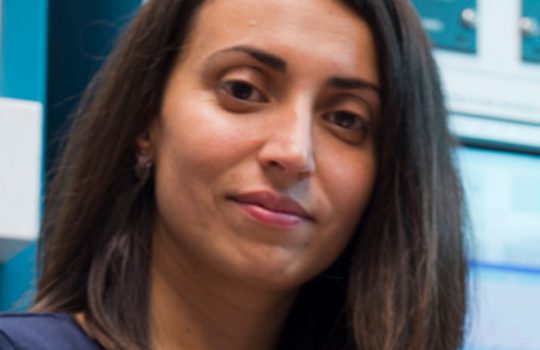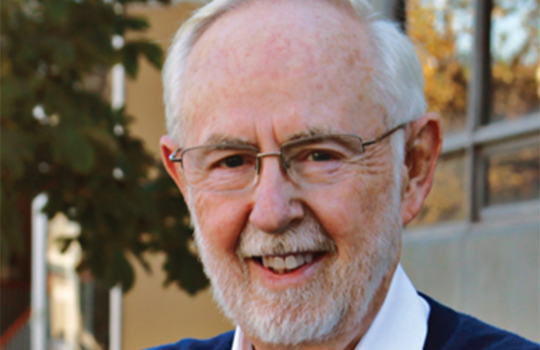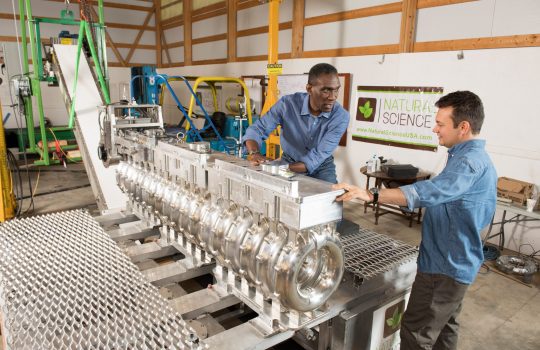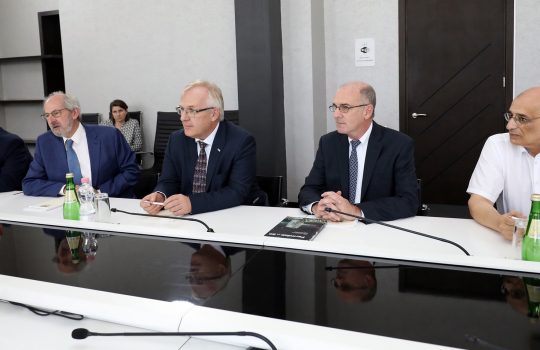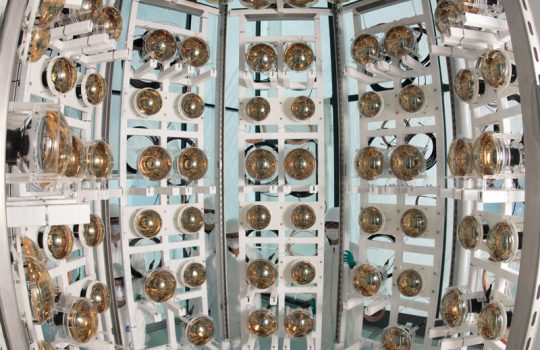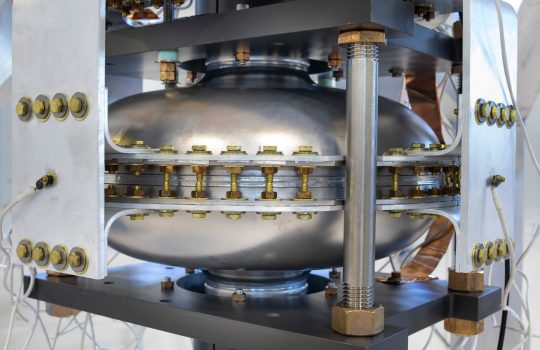Fermilab scientist Anna Grassellino is new deputy chief technology officer
Grassellino will help lead the lab’s exciting portfolio for advancing the key technologies in high-energy physics and help oversee the realization of important accelerator projects.

